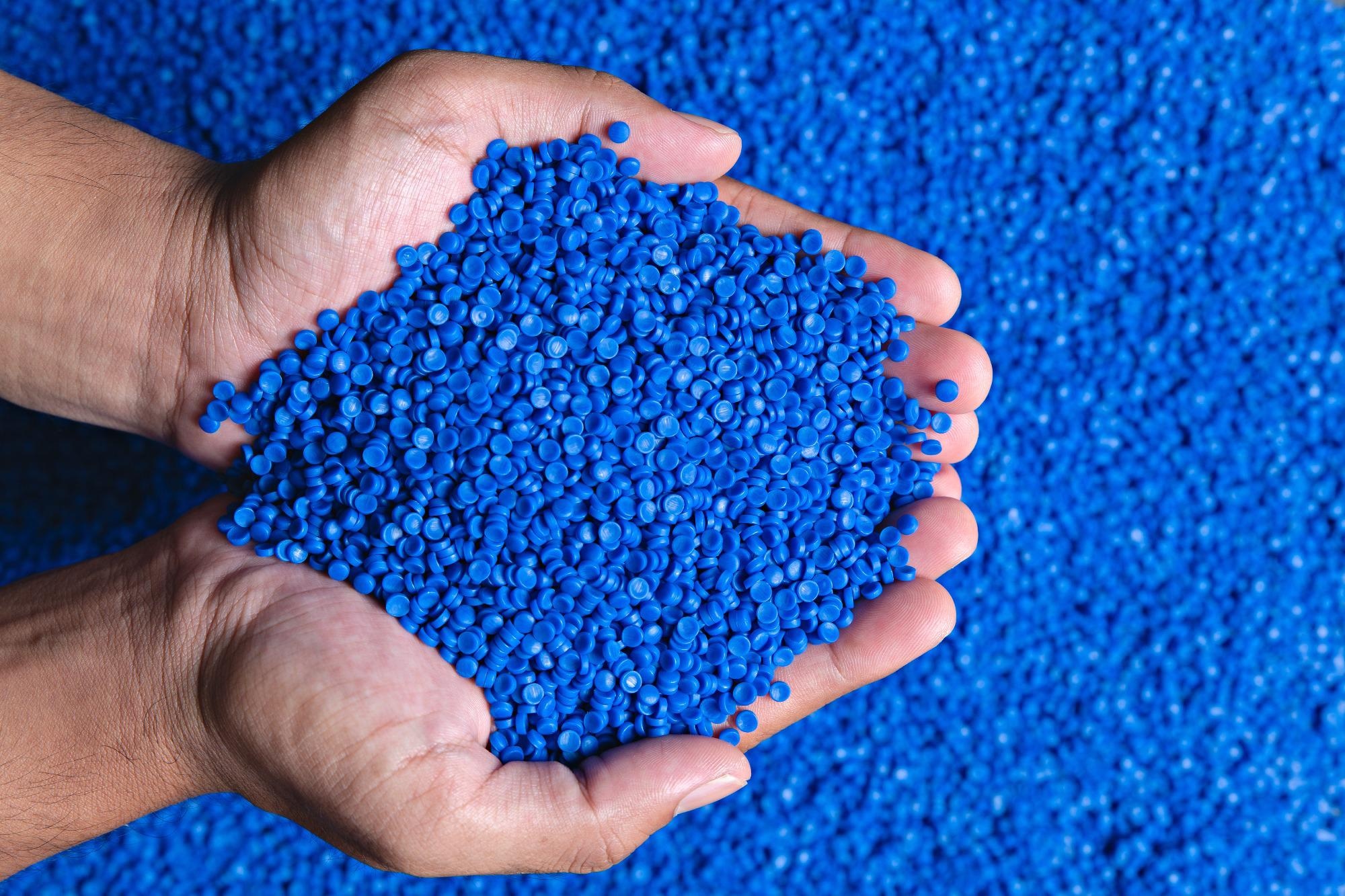Reviewed by Alex SmithApr 29 2022
Following the current historic decision of the United Nation to adopt a global treaty to bring plastic pollution to an end earlier this year, governmental negotiations on the agreement are set to commence on May 30th, 2022.

Image Credit: Shutterstock.com/Meaw_stocker
These decisions will cause intense debates on what type of measures will be required to end the pollution of the soils, air, rivers and oceans filled with microplastics and plastic debris.
In a letter to the journal Science, an international team of researchers and experts are currently arguing about handling the problem right at the source. This can be done by controlling, capping and, in the long term, phasing out the production of new plastics.
Recycling not Enough
Even if we recycled better and tried to manage the waste as much as we can, we would still release more than 17 million tons of plastic per year into nature. If production just keeps growing and growing, we will be faced with a truly Sisyphean task.
Melanie Bergmann, Letter Initiator, German Alfred-Wegener-Institute
The study reported in the journal Science in 2020 has displayed that it is possible to cut only 79% of the plastic emissions over the next two decades if all currently existing solutions are implemented. This involves the substitution of a few plastics with other materials and enhanced recycling and waste management.
The exponentially growing production is really the root cause of the problem, and the amounts of plastics we have produced thus far have already exceeded planetary boundaries. If we don’t tackle that, all other measures will fail to achieve the goal of substantially reducing the release of plastic into the environment.
Bethanie Carney Almroth, Department of Biological and Environmental Sciences, University of Gothenburg
Phasing out New Plastics Important
The gradual decrease in the production of new plastics obtained from fresh feedstocks must be considered as part of a systemic solution to end plastic pollution, state the experts from Canada, Germany, India, Norway, Sweden, Turkey, the United Kingdom and the United States argue.
This method has been aided by the best science currently available and in accordance with what legal and political experts suggested in the journal Science in 2021.
Together with the efforts taken to fulfill the consumption and demand side of the issue — like taxes — an extensive method should also cover the supply side. This implies the actual number of plastics produced and put on the market for sale.
According to the researchers, reducing the production of new plastics in a gradual manner will be associated with various environmental, societal and economic advantages.
The massive production also feeds the plastic waste transfer from the Global North to the South. A production cap will facilitate getting rid of non-essential applications and reduce plastic waste exports.
Sedat Gündoğdu, Faculty of Fisheries, Cukurova University
“We gain a lot of benefits from plastics but reducing production will increase the value of plastics, boost other measures to curb plastic pollution, help tackle climate change and promote our transition to a circular and sustainable economy,” adds Martin Wagner, an ecotoxicologist at the Norwegian University of Science and Technology.
Journal Reference:
Bergmann, M., et al. (2022) A global plastic treaty must cap production. Science. doi.org/10.1126/science.abq0082.